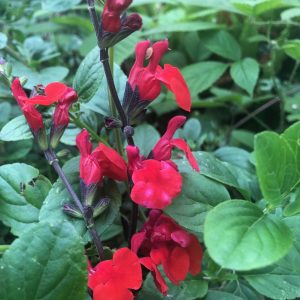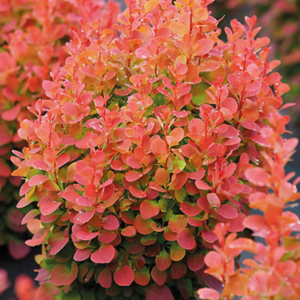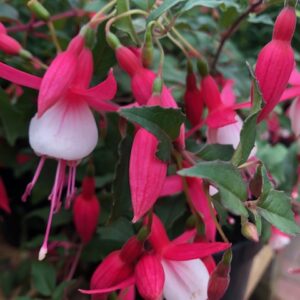Shrub, Non Evergreen Shrubs
Hydrangea After Midnight
£14.99
Hydrangea macrophylla x serrata ‘After Midnight’
Bright pink or Red mopheaded blooms contrast beautifully with the dark, green-black foliage of this dark moody Hydrangea. The voluptuous flowers of Hydrangea After Midnight are borne from late spring to autumn, providing a long season of interest. Impressive as an individual specimen, in a patio pot or sunny border, but try planting it en masse to create breath-taking maximum impact. Height and spread: 120cm (48″).
SKU: HYDRANGEA-AM
Categories: Shrub, Non Evergreen Shrubs
Tags: Autumn colour, Interesting Leaves, Pink flowers, Red flowers, Summer flowering, Woodland plant






